Explanation of the Mary of the Incarnation statue by Mrs BISSARA-FREREAU sculptress
(Tours, St Pierre Ville church, October 20, 2019)
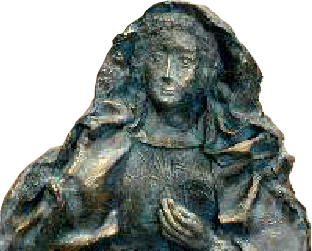
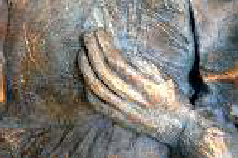 I represented Mary leaving for the mission, of which she has had the revelation.
I represented Mary leaving for the mission, of which she has had the revelation.She is in the light of Christ, united to Him, she has her hand on her heart.
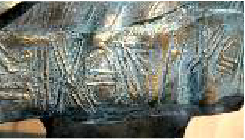
Printed on her garment, we can discern the name of Christ. She knows how much he must spread in the world.
She surrenders herself totally to the spiritual dynamic. Her will is very strong, which presupposes trust.
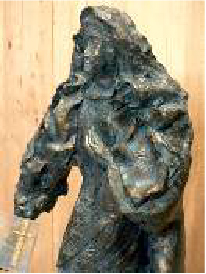
I have worked on the spiral - it is about the veil - a symbol of life, which leads her into this movement of surrender to God, in Christ and in the Spirit through space. She also had the revelation of the Holy Trinity. It is a mystical and human struggle of Mary of the Incarnation, who wrote: "Contemplation is not idle, it has great works to do that give her no rest day and night in the ways of the Spirit of grace". And, as we come closer, we also see the Spirit engraved on her garment.

The inner and outer sides meet in the shape of this sculpture. Mary is going towards the unknown.
The veil is the breath - it comes back - and is anchored in the sacred book, made of glass, transparent, which is the root of the whole sculpture.
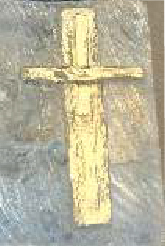
The cross is inscribed on the book, but above all it is inscribed in Mary. Mary, in her writings and in her letters to her son, often speaks of the cross and of the crosses through which she passes. Through the Word, Mary has entered into the rhythms of interior transformation and incarnation of this intensely lived experience. She often refers to St. Paul who wrote: "You have been stripped of the old man, you have put on the new man who is advancing towards the knowledge and love of the one who created him. (Letter of St. Paul to the Ephesians chapter 4 verses 22-24)
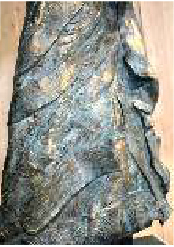
Rhythms, especially diagonally on her dress: these are the rhythms of a song that marks her clothing. The seal of divine love is inscribed on her dress. "My heart felt the burning of love" she wrote. She is in holy drunkenness, she addresses her son in this way: "It is a gift that cannot be acquired in meditation, this gift is an understanding of the Spirit of the Gospel".
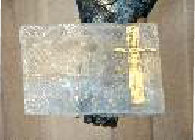
Here, the sacred book is the "point of order", the ordering of the movement. It is light in her. What Teilhard de Chardin calls "the incandescence of the inner layers of being".
John Paul II, in Faith and Reason, tells us about the mystery of the incarnation that "divine nature and human nature are safeguarded, each of them remaining autonomous in a reciprocal relationship without confusion" (John Paul II in the encyclical Faith and Reason of 14 September 1998).
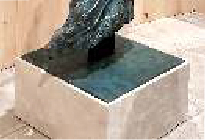
The foundation, made of stone, expresses the anchoring in the cornerstone, the building stone that is Christ.
The blue patina evokes the Holy Spirit who is light.
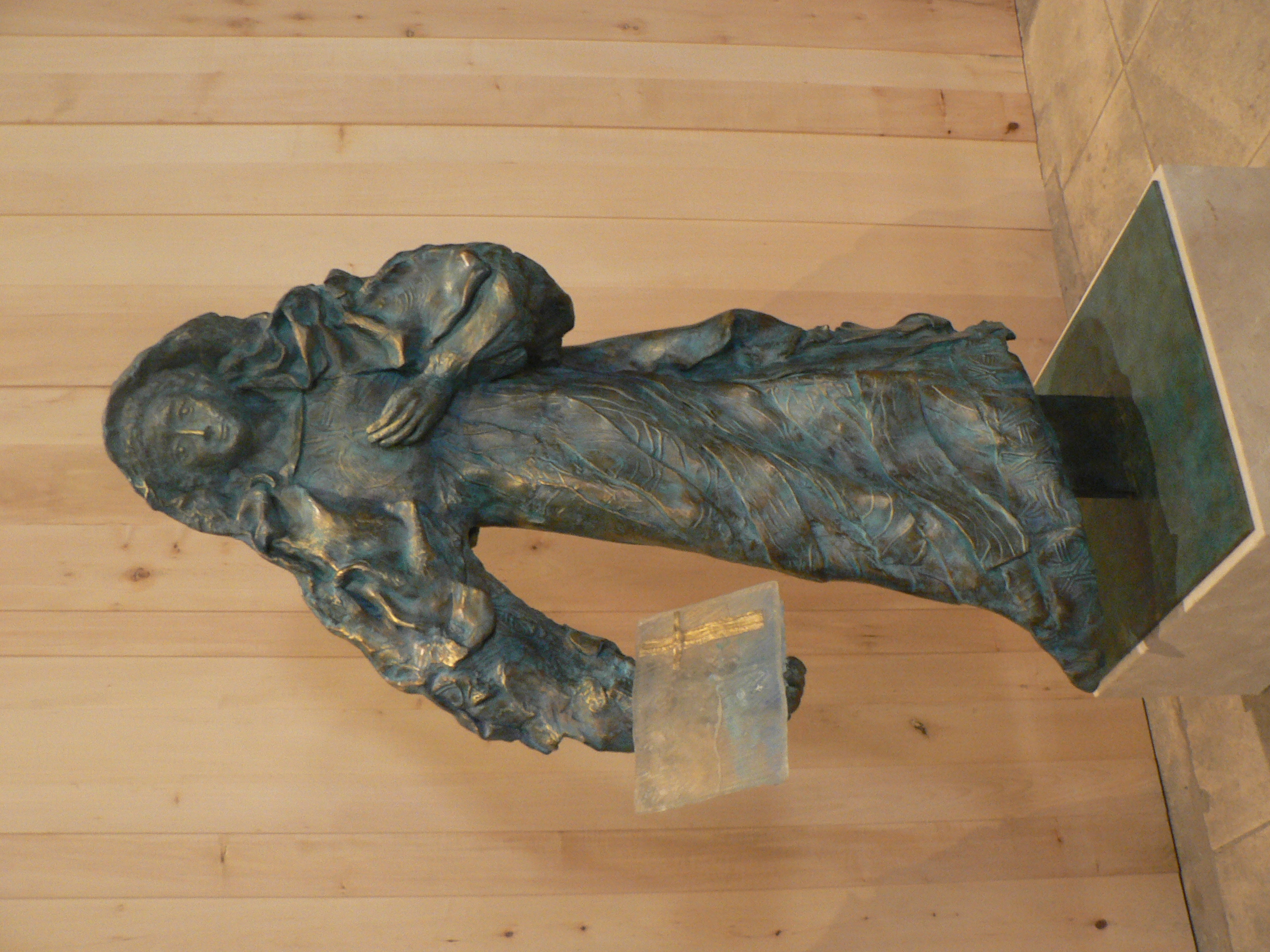
Finally, the sculpture is not posed as a portrait, but in a figura�ve and abstract dramaturgy. I remind you that in Romanesque art, sculptures are not passive copies of the real, they are addressed to the viewer.
